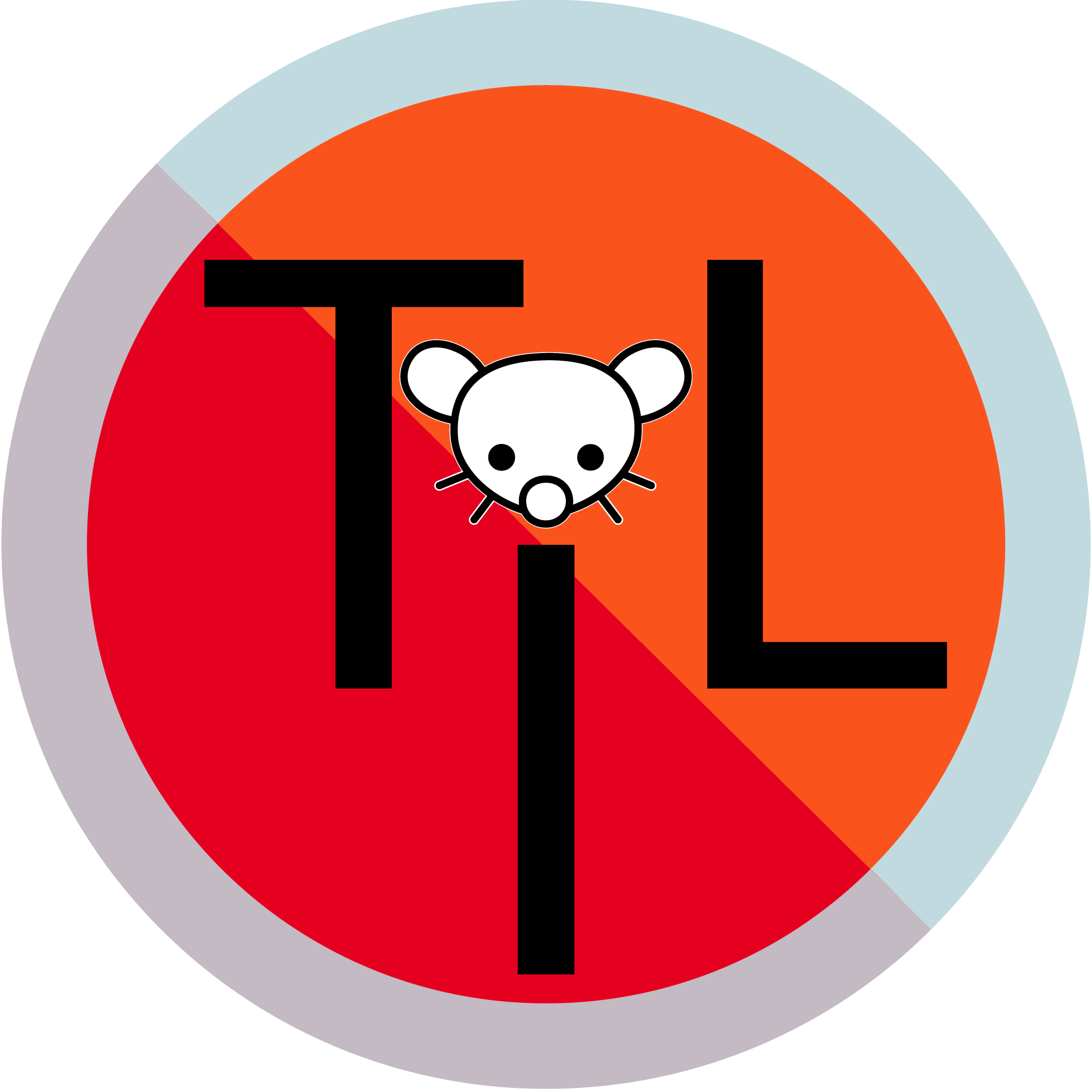

Right, but I mean, the platform was originally designed without them in mind, and there’s no real reason why every piece of software needs to have every piece of functionality… I’m can see why they wouldn’t be prioritising it
I suspect I would love it if groups were in mastodon, but I’m not entirely sure it won’t backfire in some horrendous way (this is social media after all)


It’s true! It’s a relatively minor complaint really. Let me pivot: fuck social norms around early starts 😅